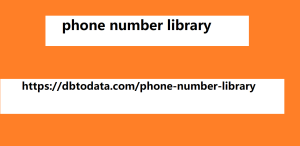Problems that can be solved with this troubleshooting include malware attacks, viruses, brute force, DDoS, Zero-Day, and so on. Troubleshooting Function to maintain the stability of a device or system’s performance, by making repairs if there are obstacles. In this way, we can ensure that a device or system can always function properly. More completely, here is an explanation of the troubleshooting functions: Tracing the Root Cause Troubleshooting has a function to track the root cause of every obstacle that occurs on the device or system. With this capability, you can more easily find out the cause of the problem from the obstacles that occur more quickly and effectively.
Restoring Normal Function
In addition to finding the cause of the problem, troubleshooting can also fix the problem quickly. Improve System Performance Troubleshooting can improve the overall performance of the system. Simply put, through quick and appropriate problem-solving, the system or device can perform much better than before. Supporting Decisions Troubleshooting can also help you in making decisions related to the need for repair, upgrade, or replacement of devices or systems based on the information generated.
This can certainly help
You choose the most appropriate decision for the current conditions. How Troubleshooting Works troubleshooting is There are several steps in the troubleshooting process carried out by the troubleshooter. Here is a complete discussion of vietnam phone number library how troubleshooting works in overcoming various problems on a device or system along with an explanation: 1. Collection of Information The first step in troubleshooting is to collect all information about the problem that occurred. Usually, this information contains complaints about the obstacles experienced, such as decreased performance or features that cannot function properly. 2. Find out more details about the problem The next step is to find out more details about the problem that occurred.
For example, what
the conditions were like before and after the problem appeared, when the problem occurred, or the symptoms it caused. This will help the upwork is a little different than fiver troubleshooter to more easily track the root of the problem. 3. Analyze the Causes Analyze possible causes of problems based on previously collected constraint information. It can also be done by testing each device owned by the system one by one whether it is functioning properly or not. This will be quite effective in detecting the source of the problem. 4.
The methods used are usually
changing the component brazil data configuration, running diagnostics, or performing a thorough condition check on the component. 5. Solution Implementation Then the most appropriate solution implementation will be carried out based on the results of the previous problem verification test. For example, whether component replacement, component repair, configuration repair, system update, or supporting device upgrade are needed so that the problem does not arise again.







